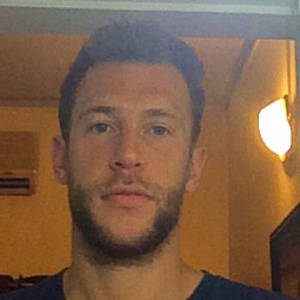Kruger
Although I’ve flaffed around the fringes, I’ve never been inside Kruger National Park. It is a name strongly associated with conservation and one of the most famous protected areas in the world. When I used to visit South Africa with groups to the province of Mpumulanga, where Kruger is partly located, it was to throw ourselves off bridges (with harnesses) and seek out claustrophobia by caving. We used to take handheld candles, and the wax burnt our hands as we wriggled through cracks. The recklessness of the 2000s.
Starting at 5am, today was fifteen hours of safari, and it was memorable. Kruger has the resources to protect itself well, and it holds a high density of game. Certain species are almost guaranteed to be spotted, which is not the same in other parks with poorer infrastructure and where more wildlife is lost to poaching and other threats.
We had some fantastic elephant experiences up close, both lone male bulls (many were certainly males) and herds led by the female matriarch. Peaceful bird hides with goalith herons staking out the shallows. Hippos with tinged pink skin in the midday sun. Crocodiles basking on riverbanks with their mouths agape. Chacma baboons and vervet monkeys proving typical nuisances at food stops. A white rhino female being tracked by a male until she gives the signal that she’s ready to mate. The ultimate highlight of four young male cheetahs, brothers, moving across an open area, seeking mounds to perch and scan for prey. Zebra, buffalo, klipspringer, steenbok, wildebeest, waterbuck and the beautiful kudu. More impala harems than could be counted. Hyenas, jackals and vultures on the lookout for what they could scavenge. The thrill of spotting ground-dwelling carnivorous birds, the secretarybird and ground hornbill, stalking the long grass for lizards.
Kruger runs a large distance along the Mozambican border and the area is attempting to function on a transboundary basis. Poachers move around from both sides, driven by complex factors, but largely their own poverty exploited by better resourced gangs. The guide wouldn’t have known one of the passengers was working on conservation issues in Mozambique. However he was guilty of exaggerating the scale of the poaching crisis from Mozambique, and dramatising it for tourists. There’s no doubt that some poachers succumb to wildlife, but this is rare, as rural Africans often have excellent bushcraft skills. To say that poachers are eaten by lions on a weekly basis and that those on the Kruger side ‘are always very happy when they hear about it,’ is a big stretch factually, cruel and dismissive about a person’s death, and it perpetuates the view that poaching people are inherently bad.
Kruger tours would benefit from some nuanced explanations of the link between wildlife, poaching and people. Guides should be able to understand the drivers that force impoverished communities into poaching. The goal should be that tourists go home realising the interface between humans and wildlife in Africa is complicated, not with the soundbite of ‘oh my god, one poacher from Mozambique gets eaten by lions every week in Kruger.’
The night drive was less fruitful but I was persistent with the light beam and we added an African civet and puff adder to the day’s list.
After hearty South African fare we retired feeling very content, and only a stone’s throw from the Kruger fence.

Comments
Sign in or get an account to comment.


